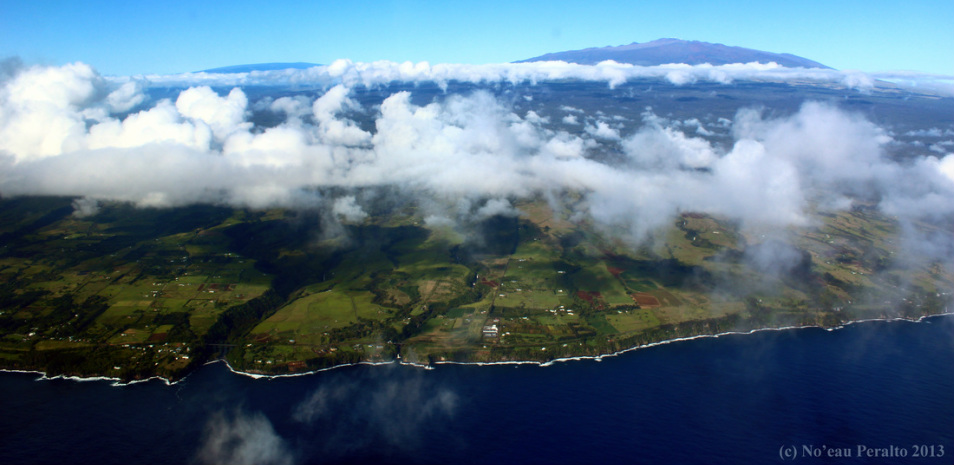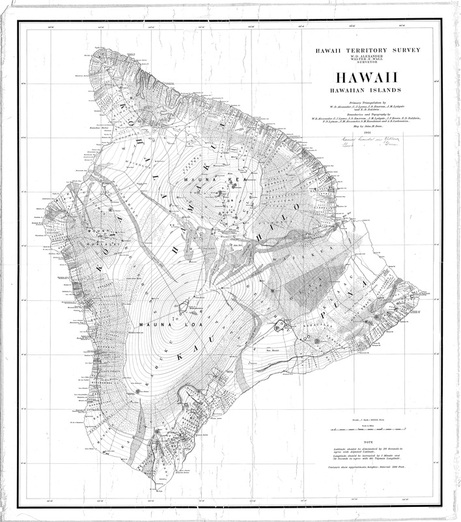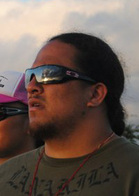Hawaiʻi Island
Featured Ahupuaʻa: Waiākea, HiloOur first feature ahupuaʻa for Hawaiʻi island is Waiākea, located in the moku of Hilo. Click the button below to check out our Waiākea feature page!
Featured Resource Site: huiMAUThe Hui Mālama i ke Ala ʻŪlili (huiMAU) Website features primary resources for land and genealogy research in the ahupuaʻa of Kūkaʻiau, Kainehe, Koholālele, and Kaʻohe in the moku of Hāmākua, Hawaiʻi. This website was a Plan B M.A. project in Hawaiian Studies prepared by Noʻeau Peralto in collaboration with the ʻohana of Hui Mālama i ke Ala ʻŪlili.
|
| ||||||||





